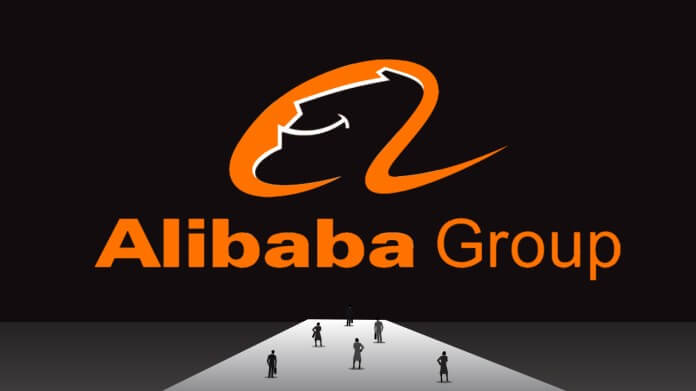Alibaba is the largest Chinese online trading corporation. The success of Alibaba is well known. But
what are the main
factors of this company's success? Let's find out.
The company was founded by Jack Ma in 1999. Later in 2003 the online marketplace Taobao.com was
launched, and later —
Alipay, and Aliwangwang - Taobao messenger. In 2007, Alimama monetization platform was launched, and
in 2008, - Tmall
trading platform in addition to Taobao trading platform. In 2011, Alibaba cloud computing business
Alibaba Cloud was
founded, and in 2010 global trading platform AliExpress was launched. In 2016, Alibaba reached more
than 3 trillion yuan
on its retail platforms in China and became the largest retailer in the world, the same year it
acquired controlling
stakes in Youku, China's leading online video platform, and Lazada, a leading e-commerce platform in
Southeast Asia (FY
2020 Annual Report, Alibaba Group).
The company's business consists of the following segments:
- Core Commerce
- Cloud Computing
- Digital Media and Entertainment
- Innovation Initiatives
The Core Commerce segment includes:
- Retail Commerce – China
- Wholesale Commerce – China
- Retail Commerce – Cross-border and Global
- Wholesale Commerce – Cross-border and Global
- Logistics Services
Core Commerce 2020 revenue growth of 35% year-over-year.
Alibaba's cloud computing segment offers a full range of cloud services, including elastic
computing, databases,
storage, network virtualization services, large-scale computing, security, application management
and services, big data
analytics, machine learning platform and IoT services serving Alibaba's Digital Economy and beyond.
Revenue growth in
this segment in 2020 compared to last year was 62%.
The Digital Media and Entertainment segment is an extension of Alibaba's strategy to reach consumers
beyond Core
Commerce. And the Innovation Initiatives segment focuses on continuous innovation and development of
new services and
product offerings.
Figure 1 shows the infrastructural elements of Alibaba's Digital Economy.

Figure 1 - Infrastructural Elements of Alibaba Digital Economy (FY 2020 Annual Report, Alibaba
Group)
The main elements of the company's Digital Economy are: users, entrepreneurs, brands, retailers,
third-party suppliers,
strategic alliance partners and other businesses. The technology platform, market interaction
standards and the role
Alibaba plays in engaging and connecting these participants, - all underpin this Digital Economy, -
so that they can
interact and transact with each other, and manage their businesses anytime, anywhere.
Alibaba primarily serves small businesses and individuals. This defines an exceptional business
opportunity that expands
the productive power of small businesses and provides private customers with more diverse consumer
choices. By focusing
on small businesses, a diverse range of goods and services become available to a wide range of
consumers. Alibaba's
Digital Economy will exceed $1 trillion in total transactions in 2020 (FY 2020 Annual Report,
Alibaba Group).
Alibaba does not charge for acceptance, but rather for marketing and technical support services,
which distinguishes it
from other companies. As a result, Alibaba has a significant and stable market share consisting of
loyal customers.
